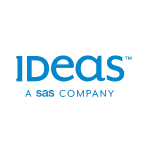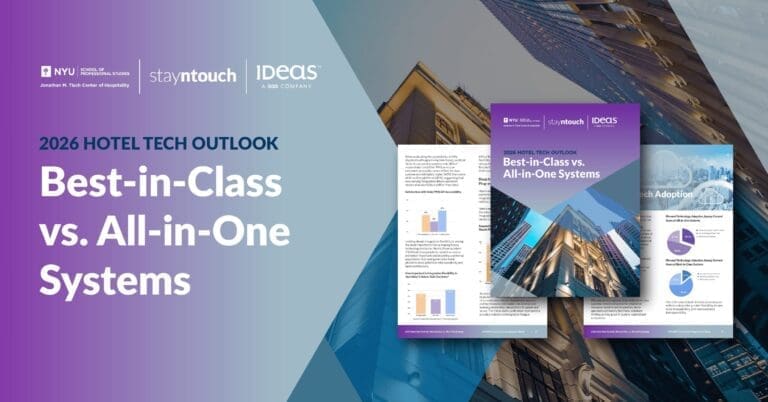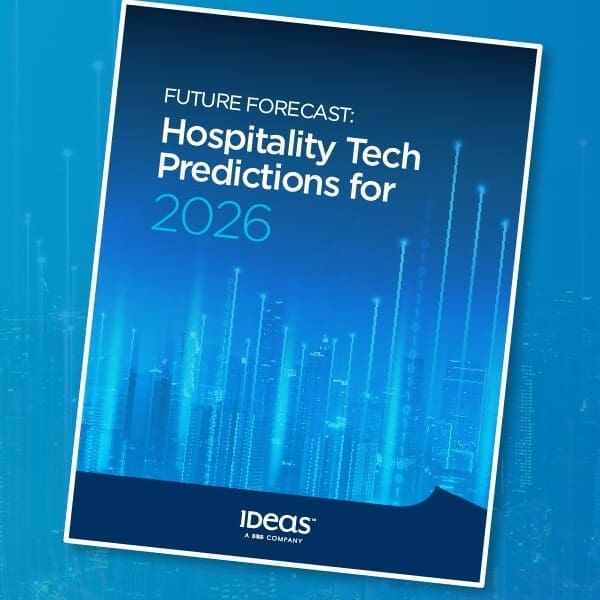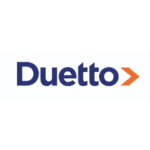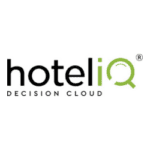 The current revenue and distribution environment is becoming exponentially more complex. Distribution channels are in a constant state of flux and the number of data points needing to be analysed to make the correct distribution and pricing decisions is overwhelming. Just collating this information into a single vision of the truth is a time-consuming and laborious process and leaves sparse time to think strategically.
The current revenue and distribution environment is becoming exponentially more complex. Distribution channels are in a constant state of flux and the number of data points needing to be analysed to make the correct distribution and pricing decisions is overwhelming. Just collating this information into a single vision of the truth is a time-consuming and laborious process and leaves sparse time to think strategically.
Advancements in revenue management technologies can free revenue managers from some less meaningful, manual tasks to focus more on meaningful, strategic pricing opportunities. However, given the financial impact of the COVID-19 pandemic on the regional hotel sector, many owners are understandably reviewing all operational system costs and investing only where necessary to their business. As a result, it is more important than ever that revenue managers sell the success of their work and demonstrate the performance of the hotel’s approach to revenue management to all stakeholders.
The benefits of revenue management technology appear clear to many in the industry; however, there are still some owners and investors reluctant to invest in the technology due to cost concerns. With a wide range of revenue management tools available in the marketplace from freemium to premium, it is vital that revenue managers can measure the effectiveness of their pricing strategies and the systems that support these. While the pandemic has resulted in a radical market disruption that makes goal setting challenging and unreliable, there are an emerging set of key performance indicators (KPIs) that help set important performance measurements today.
A hotel’s revenue management performance may have traditionally been measured by average daily rate (ADR) and revenue per available room (RevPAR); however, the practice has evolved past only using these standards. New revenue management principles can be applied beyond just rooms, or even beyond a single property itself.
Given the largescale market disruption over the past two years, it is important that hotels set KPIs relative to competitor performance to measure their success relative to the market they operate within. To do this, it is vital that hoteliers identify the right competitor set and review it regularly. Hoteliers need to look at location, product and service, in addition to what guests are saying about these hotels. Once the right competitor set has been identified, a hotel’s market penetration index (MPI) is determined by dividing the hotel’s occupancy by the market’s occupancy. This metric is important as it allows hotels to see their position and performance in relation to their competitors and the market in general.
While traditional metrics are still important performance measurements, the industry has begun gravitating toward other standards that represent their wider spectrum of operations. There is still limited competitive data available in terms of profitability KPIs. It is important organisations start to measure these internally to better understand their revenue versus profitability ratio to make strategic decisions in relation to pricing and special offers—where to spend marketing dollars and which distribution channels to collaborate with.
The main revenue management KPIs that hoteliers across the APAC region should explore include:
- Demand & Price – Beyond the application of advanced data modelling techniques, the industry faces an accelerating change which calls for needing high-frequency data and utilising unconventional indicators for clarity. Information such as on-the-books reservations, pick-up, pace, competitive pricing by segment, room class, distribution and marketing channels have become more relevant than ever.
- Paid/Net Revenue Capture – Paid revenue and revenue capture supports your strategy of truly comparing apples to apples when analysing your revenue and ADR potential by adding the mark-up and commissions from wholesalers and online travel agencies to the revenues and ADR. These measurements help the property understand what consumers are willing to pay and gives a performance-based analysis of what and how much revenue is truly kept after customer acquisition costs are paid.
- TRevPAR – Total Revenue Per Available Room supports your strategy to look at revenues holistically including ancillary revenues, which all make significant contributions to overall profitability. When ancillary revenue streams such as food & beverage, banqueting and spa services are not properly measured and evaluated, a property’s big picture in terms of profitability misses critical pieces that metrics like Gross Operating Profit Per Occupied Room (GOPPAR) can fulfill.
- COPE – Measuring the percentage of net revenue produced by each channel allows for an analysis of profitability at the channel, segment, rate code or individual booking level. Sales & marketing efficiency provides you with insights on the efficiency of how much revenue is generated for every dollar spent.
- M&E – And lastly, while meetings & events (M&E) are not on everyone’s radar now, the segment will return and, in some markets, where recovery has been strong, we have seen an increase in M&E requests. Establishing KPIs that measure areas beyond rooms to M&E space is typically the best place for organisations to start. Emerging KPIs in function space revenue management (e.g., space utilisation, conversion, and attendee density) are fast becoming the industry standard metric in evaluating M&E performance.
While hotel senior management and ownership will not need to have intimate knowledge of all hospitality industry financial measurements, it is important that all departments—sales & marketing, finance and operations—use standardised definitions and approaches so business performance can be easily articulated to all owners or investors.
Revenue managers working without an automated system that unifies key data and delivers meaningful insights and timely pricing changes and inventory control are operating at a significant disadvantage today. They are having to take on substantial amounts of manual data entry, sit in on meetings focused more on basic logistics and less on strategy, and also have a heavy reliance on limited data sets from which to make reactive pricing and strategy decisions.
To get the most out of their revenue managers’ skills and to maximise all revenue opportunities for their property, hoteliers need to invest in technology and automation. And to ensure hoteliers can measure the success of these investments, the right KPIs are needed to demonstrate the true value of revenue management systems and strategies today.



